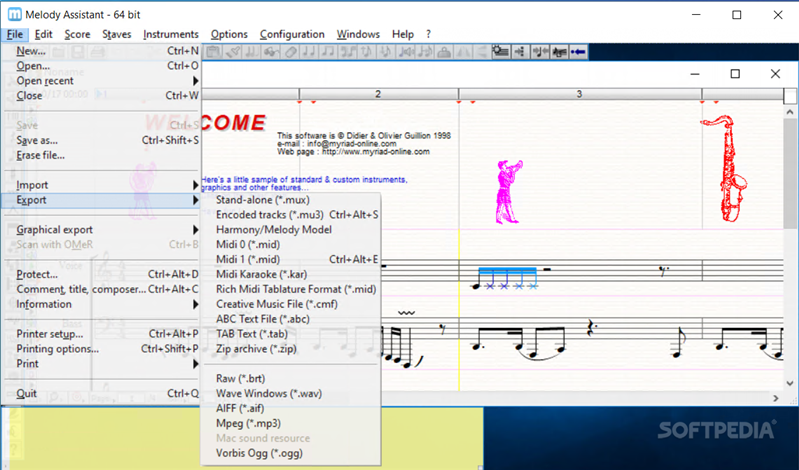


This paper argues that the apparent corporeal articulation with regard to the entrainment effect and dance (Leman & Maes, 2014) is more related to the multimodal integration that is characteristic of attending to such a multidisciplinary performing art as opera and ballet than to purely musical content. In this paper, I propose that embodied cognition in music has two distinct levels: 1) the apparent corporeal articulation of music by performers and listeners, which reflects either a desire to make visible their emotional responses to the music or rhythmic entrainment, and 2) the principal (though concealed) level of transient muscular reactions to the main coding aspects in music: the tonal relationships arranged in time. To make the proposed model of embodied cognition in music available for nonmusicians, the paper includes the basics of music theory. The presented discourse relies on research in the tonal music of European tradition and it does not address either aleatoric music or the exotic musics of non-Western traditions. The paper identifies the need for collaboration among various subdisciplines in musicology and cognitive sciences in order to further the development of the nascent field of embodied cognition in music. The proposed two-level model of embodied cognition connects core musicology with the data from studies in music perception and cognition as well as studies in affective neuroscience and musicianship-related brain plasticity. The tonal/temporal relationships encode musical content that dictates the motor behavior of music performers. In a music listener, the patterns of perceived tonal tension most likely generate corresponding patterns of physical tension that contribute, along with other musical aspects, to forming a musical emotion, or the experience of psychological time in music. Significantly, perceived tonal tension is related to real physical tension. Melodic intentionality has its foundations in artfully sequenced tonal tension and release from tension. The intuitive navigation in artistic tonal time-space relies on tonal expectations that are at the heart of melodic intentionality and musical motion. Listeners perceive music as a flow of tonal relationships arranged in time the temporal and tonal dimensions are interwoven and constitute the tonal chronotope. Music that we love – for example, a favorite melody – is made of combinations of a small number of basic melodic intervals that differ by their psychophysical characteristics, among which the level of tonal stability and consonant-dissonant dichotomy are the most important for the formation of tonal expectations that guide music perception. The primary (though concealed) “deep” level of embodied cognition relates to the main coding aspects in music: the tonal relationships arranged in time. The “surface” level relates to the apparent corporeal articulation such as the activated psychomotor program of a music performer, visible gestures in response to music, and rhythmic entrainment. In this paper, I propose that embodied cognition in music has two distinct levels. Further research using this technology is recommended. As they attended more to the melody, their perception of tension appeared to decrease with some exceptions that may relate to other musical elements. Overall, as listeners attended more to harmony, their perception of tension appeared to increase. The cursor on the screen could be moved horizontally along a continuum to indicate focus of attention to either melody or harmony while simultaneously moving along a vertical axis tracking the amount of musical tension being perceived by the listener. Volunteer undergraduate and graduate music majors (N = 60) listened to Mozart’s Variations (12) for Piano in C Major on ‘Ah vous dirai-je maman’, K 265 while manipulating a computer mouse.
Programa melody assistant software#
The two-dimensional CRDI software creates an environment in which the listener can track their perceptions on two planes simultaneously. This project represents an initial investigation into utilizing the two-dimensional Continuous Response Digital Interface (CRDI) to track listener perceptions related to the possible relationships between focus of attention to musical elements and perceived musical tension.


 0 kommentar(er)
0 kommentar(er)
